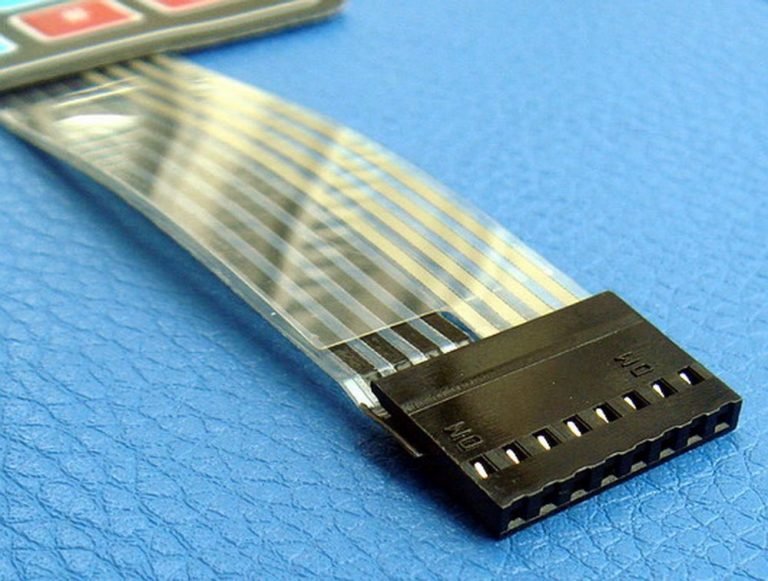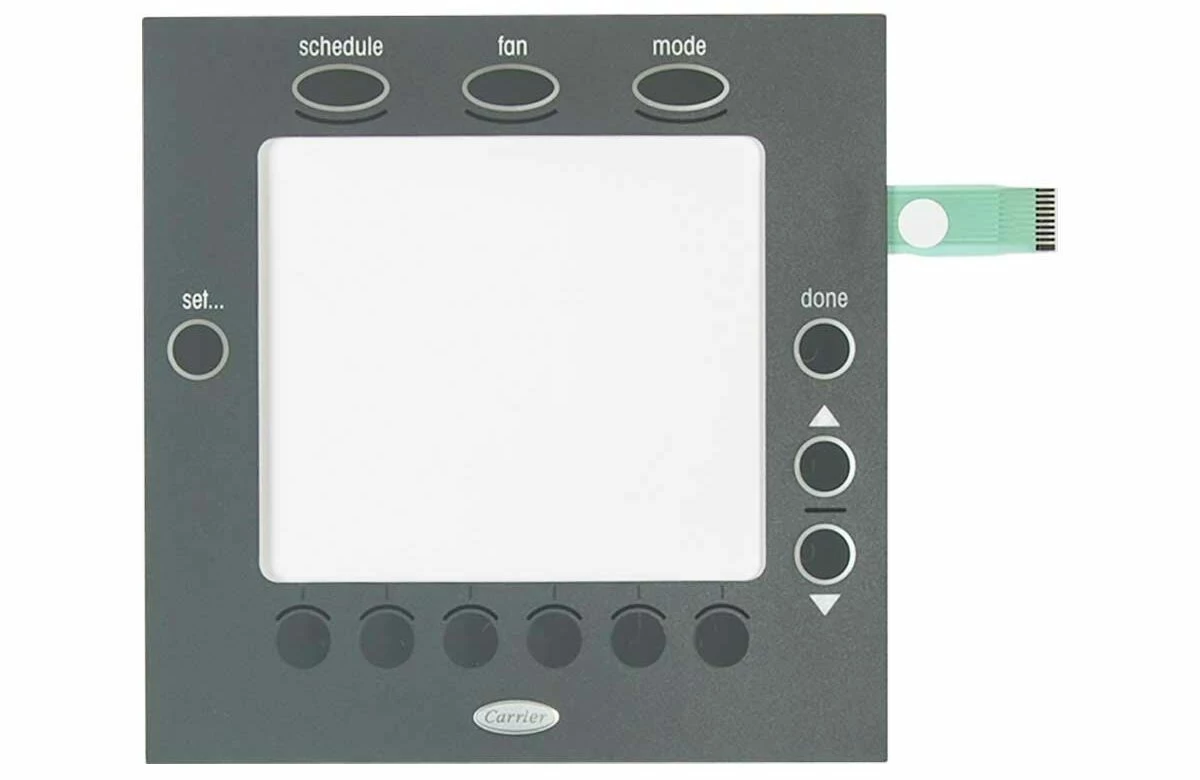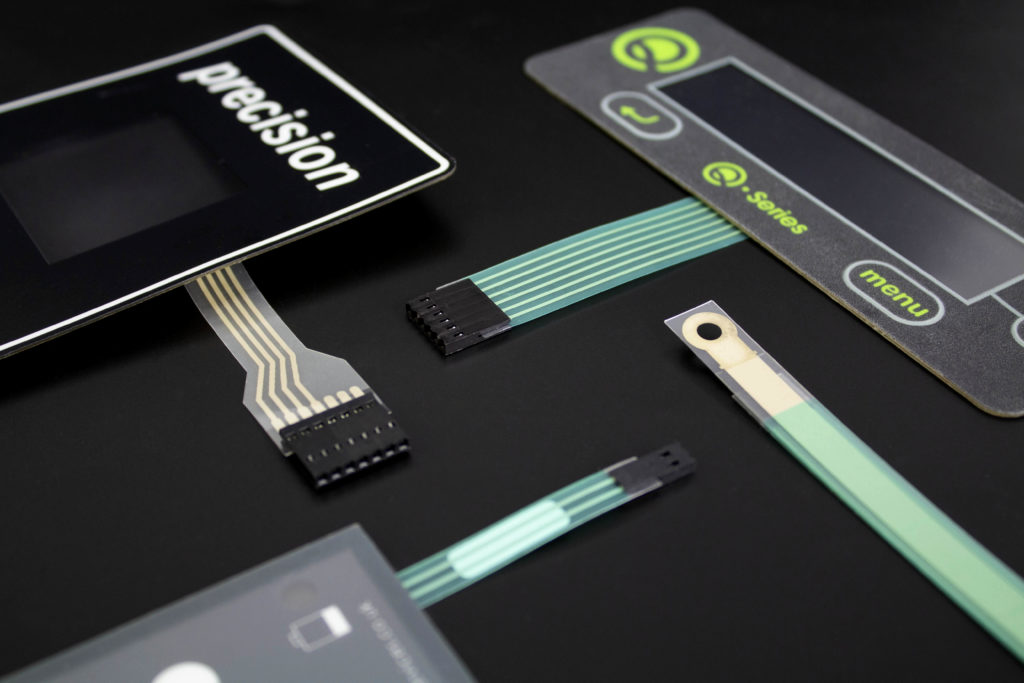Why Membrane Switches Are Gaining Popularity in the Automotive Industry
Why Membrane Switches Are Gaining Popularity in the Automotive Industry
Blog Article
Understanding the Value of Membrane Switches in Interface
Membrane switches are important parts in the design of reliable interface, helping with not only performance yet likewise boosting aesthetic appeal and customer interaction. Their one-of-a-kind functions, such as resistance to customizable styles and ecological elements, make them ideal for a diverse variety of applications across several sectors. As we explore the different benefits and future patterns connected with Membrane innovation, it comes to be clear that these switches are greater than simply components; they represent a merging of innovation and functionality. The effects of this technology on user experience deserve checking out further.
What Are Membrane Switches?

The spacer layer, which contains glue buildings, allows for the splitting up of the circuit layer from the overlay, making certain that the switch continues to be in a non-activated state until pressed. When pressure is related to the overlay, it presses the spacer layer, bridging the gap and finishing the circuit in the underlying layer. This design not just reduces the physical area required for conventional mechanical buttons yet likewise enhances the durability of the tool, as Membrane buttons are normally resistant to dirt, wetness, and other ecological elements.
Commonly discovered in applications ranging from customer electronics to clinical gadgets, Membrane switches are integral to contemporary technology, supplying a easy to use and efficient user interface that aligns with modern design demands.
Advantages of Membrane Buttons
While various button technologies exist, Membrane Switches offer unique benefits that make them particularly preferable in various applications. One of the key benefits of Membrane buttons is their compact style, which enables space-saving implementations in gadgets where property is restricted. Their thin profile not just boosts aesthetic charm yet also assists in light-weight construction.
One more substantial benefit is their resistance to environmental aspects. Membrane buttons are generally secured versus dampness, dust, and contaminants, making them suitable for usage popular environments, such as medical gadgets and commercial tools. This resilience prolongs the life expectancy of the button, lowering upkeep prices and enhancing reliability.
Furthermore, Membrane switches can be personalized to satisfy details layout needs, including unique graphics and colors that enhance user interaction. Their tactile responses options can additionally be tailored to offer a satisfying customer experience. Additionally, Membrane buttons are cost-effective, particularly in high-volume applications, as they can be generated successfully.
Applications in Different Industries

In the customer electronics sector, Membrane switches prevail in gadgets such as microwaves, washing makers, and push-button controls. Their responsive comments and aesthetic choices enhance customer experience while offering a streamlined, contemporary appearance. Furthermore, automotive makers utilize Membrane switches in control panel controls and infomercial systems, where area is restricted, and individual involvement is vital.
Moreover, the commercial field leverages Membrane buttons in control panels for machinery and devices, permitting for user-friendly procedure in frequently rough environments. Their resistance to chemicals and wetness ensures durability and integrity in these applications. In general, the flexibility of Membrane Switches contributes dramatically to their widespread use, making them crucial in various technical domains.
Style Factors To Consider for Membrane Switches

When creating Membrane buttons, numerous vital considerations should be thought about to make sure optimum capability and customer experience. First of all, the choice of materials is vital; choosing long lasting, high-grade substratums can boost the button's long official statement life and resistance to ecological variables such as dampness and temperature fluctuations.
Secondly, the design of the graphic overlay need to focus on clearness and simplicity of use. Icons and message need to be readable, and the design ought to facilitate instinctive communication (membrane switches). Furthermore, tactile feedback is crucial; including a tactile dome or other devices can improve the user experience by providing physical verification of activation
One more important factor is the button's electrical efficiency. Developers should ensure that the conductive traces are effectively created to minimize resistance and stay clear of signal disturbance. This includes evaluating the called for actuation force and ensuring compatibility with the digital components they will certainly interface with.

Future Patterns in Membrane Technology
As modern technology remains to breakthrough, Membrane switches are positioned to develop dramatically, driven by developments in products and manufacturing methods. One arising trend is the unification of advanced products, such as conductive inks and flexible substrates, which enhance longevity and reduce the general weight of Membrane buttons. These materials not image source only enhance the responsive response however additionally permit the design of switches that can stand up to harsher ecological conditions.
Additionally, the combination of touch-sensitive modern technologies is transforming conventional Membrane Switches into even more interactive interface. Capacitive touch sensing units embedded within Membrane switch panels can offer a much more receptive and instinctive user experience, aligning with the growing demand for smooth, contemporary styles in customer electronic devices.
In addition, innovations in printing strategies, such as electronic and 3D printing, make it possible for rapid prototyping and customization of Membrane buttons. This adaptability permits suppliers to react quicker to market needs and customer choices.
Last but not least, sustainability is coming to be a substantial emphasis, with makers checking out environment-friendly materials and processes. As these trends unravel, the future of Membrane innovation guarantees improved functionality, aesthetic allure, and click resources ecological obligation, solidifying their role in innovative interface throughout various industries.
Verdict
To conclude, Membrane Switches stand for a crucial element in the design of customer interfaces, incorporating performance with aesthetic adaptability. Their advantages, including longevity and resistance to ecological elements, make them suitable for varied applications across various markets. Additionally, thoughtful design factors to consider enhance user interaction and experience. As innovations in innovation proceed, the development of Membrane switches is anticipated to additional refine individual interfaces, driving development and boosting functionality in a significantly complicated technical landscape.
Membrane switches are important parts in the design of efficient customer interfaces, helping with not only performance yet also enhancing aesthetic charm and customer interaction.Membrane Switches serve as a crucial part in various user interfaces, assisting in a smooth communication in between users and electronic devices.While many button modern technologies exist, Membrane Switches deal distinctive advantages that make them specifically desirable in different applications.Moreover, Membrane buttons can be tailored to meet particular design requirements, including unique graphics and shades that enhance customer communication.In conclusion, Membrane Switches stand for a vital part in the style of user interfaces, incorporating capability with aesthetic flexibility.
Report this page